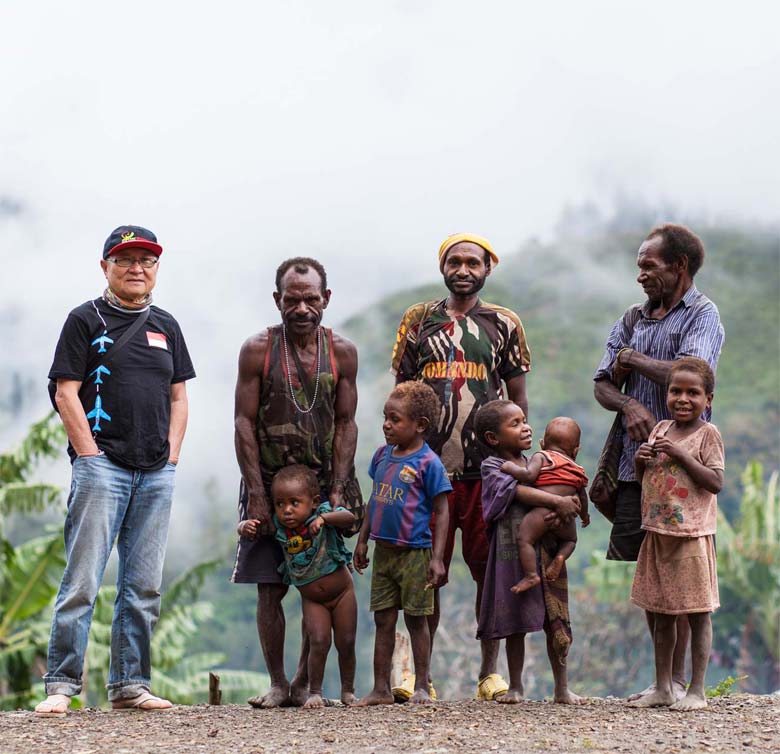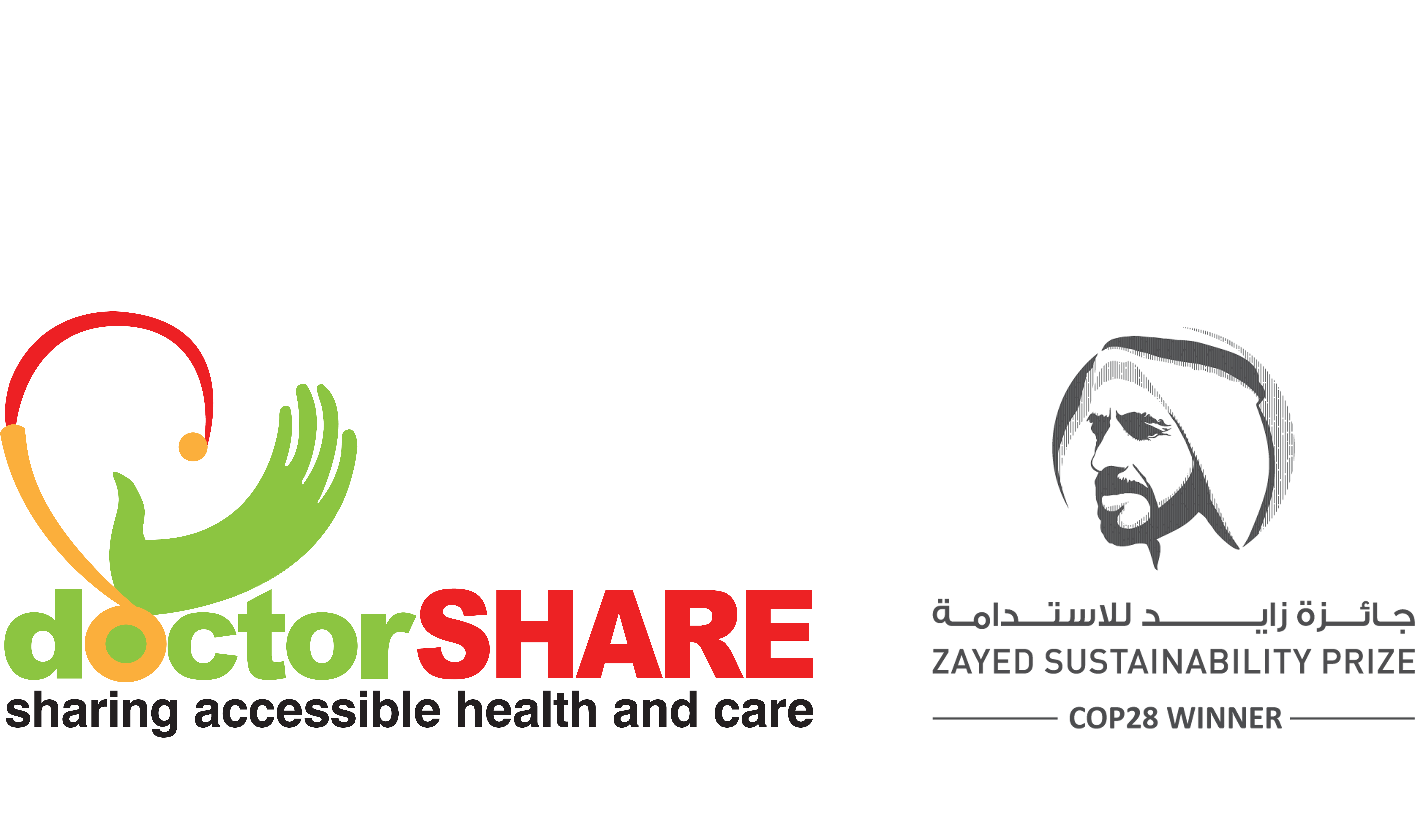Overcast National Health Day 2015

The date had just changed by 38 minutes from November 11, 2015 to November 12, 2015. I had just finished my last surgery and was sitting alone at the writing desk in my office. I decided not to go home and stay at the hospital because I was sleepy.
I was reading the news and then fell asleep reading about the passing of Dr. Dionisius Giri Samudra (Dr. Andra) at RSUD Dobo, Aru Islands. Although I had read it a few hours earlier, it was only now that I had time to reflect on it.
In silence, I pray that the spirit of the deceased will find a proper place with Him. Amen. In the silence of the night, I was also overcome by sentimental emotions, imagining the feelings of parents who had worked hard to raise their children. They let him go to a very remote place to serve people who needed medical help.
Now, Dr. Andra was gone at a very young age. I couldn’t help but feel tears welling up in my eyes. My mind wandered. How many young children and toddlers must die because of the lack of infrastructure in remote areas? How many mothers giving birth die in vain because there is no help?
Data from the Ministry of Health’s Strategic Plan 2014 – 2019 notes that in remote areas, especially in eastern Indonesia, the death rate is four times that of western Indonesia.
Although statistically there are many posyandu and puskesmas that on paper are sufficient to serve people in remote areas, this is not the case on the ground. There are health centers but no medicine. There are doctors but no health centers. Or there are health centers and doctors but no medicines.
These are classic problems that we encounter daily in remote villages. Not to mention the poverty that is still rampant. Thousands of people die in vain in the silence and sadness of their loved ones. Their deaths are never reported, either because it’s normal or because they are nobodies.
In the central mountains of Papua, there are even areas that have never been touched by doctors since Indonesian independence. DoctorSHARE’s team of doctors are the first to arrive. If someone is sick, they seem to be easily sentenced to death and the scapegoat is the ghost of the jungle.
Mothers give birth to many children (even up to a dozen) but very many children do not survive. For those who live in the mountains, seeking primary medical care such as a health center means walking up and down the mountain for hours or days. Imagine having to do this while sick.
Even more painful, after this arduous struggle they encounter the reality as I have written: there is a puskesmas but no doctor or there is a puskesmas and a doctor but no medicine.
Another classic problem is poverty and poor transportation. No wonder the price of everything in eastern Indonesia is much more expensive than in Java. Take for example a 60-kilogram bag of cement. In Jakarta, it costs around Rp 70,000.
For air transportation (the only possible way) from Nabire to Sugapa, for example, the shipping cost is Rp 30,000 per kilogram. No wonder the price of cement there reaches Rp 2.5 million per bag.
What is the power of a person who is sick and must be treated in a hospital that is only available in big cities? Let alone the cost of treatment at the hospital, they don’t even have transportation costs.
Returning to Dr. Andra’s case, with a salary of Rp 2.5 million per month it is difficult for him to fly to Tual on Kei Kecil Island. Based on the official explanation of the Maluku Provincial Government, the government had tried to evacuate Dr. Andra by air but there were no flights.
This infrastructure constraint is only widely known to the public because the deceased was a very young doctor. But if I’m honest, how many lives have been lost in silence because the authorities didn’t pay attention?
I couldn’t help but feel sleepy. I wipe away the tears and stagger towards the room where I usually stay. My resolve to help those living in remote areas was becoming stronger.
Thoughts of Dr. Andra and the other internship doctors still dominate our conversations at work. What is their status? Some say that as internship doctors, they still cannot be burdened with the duties of a doctor and are under the Ministry of Research, Technology and Higher Education, not the Ministry of Health.
What is their legal status if something bad happens to them?
Who should be held responsible?
Who is their mentor?
These are some of the practical issues that can occur at any time. These questions should be discussed carefully before becoming a policy.
